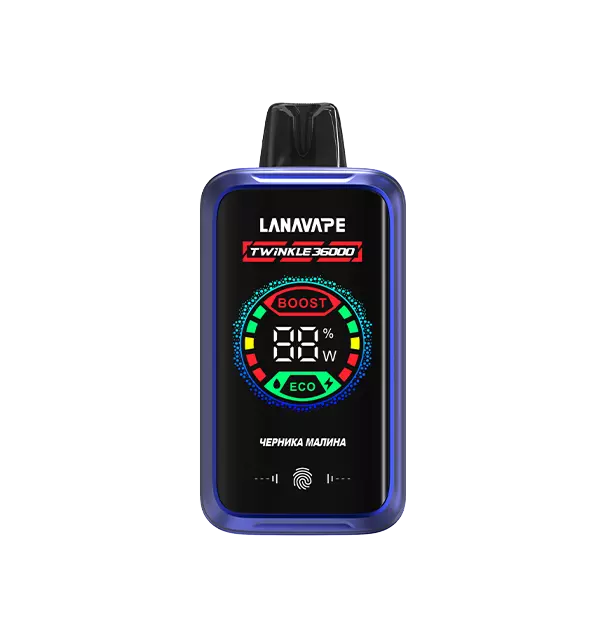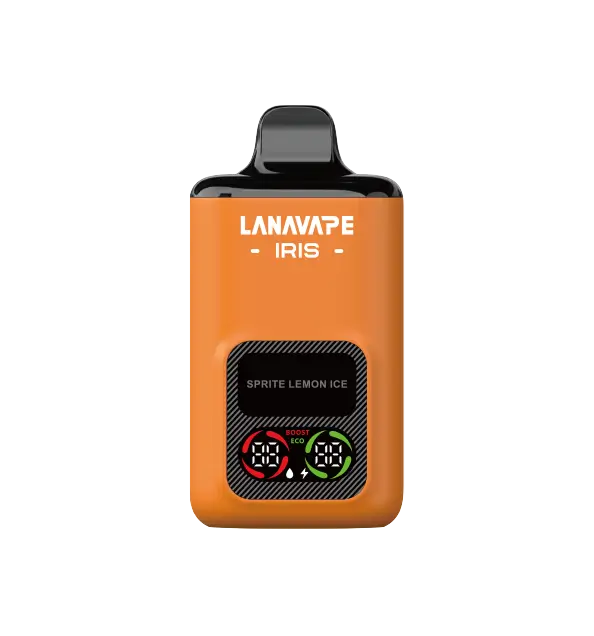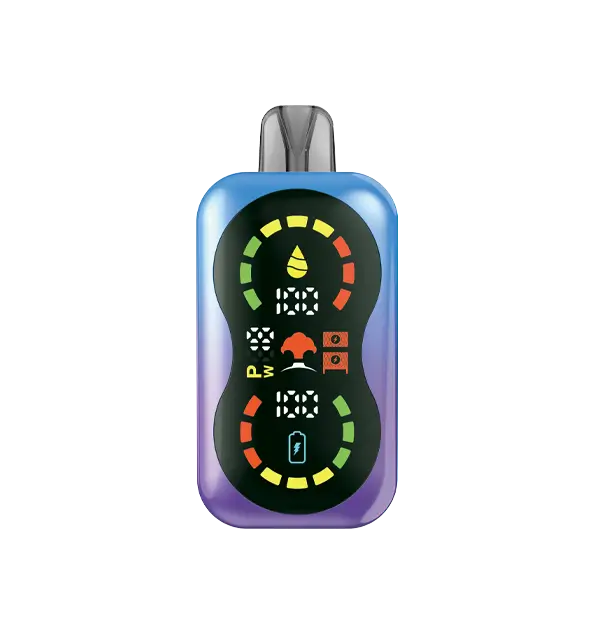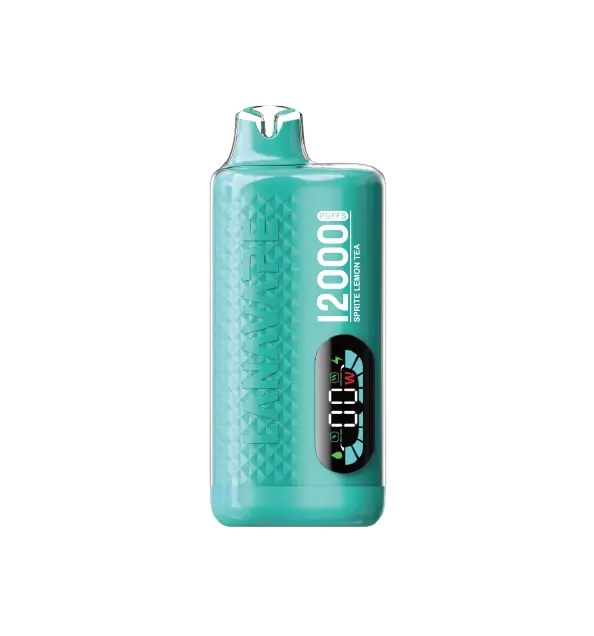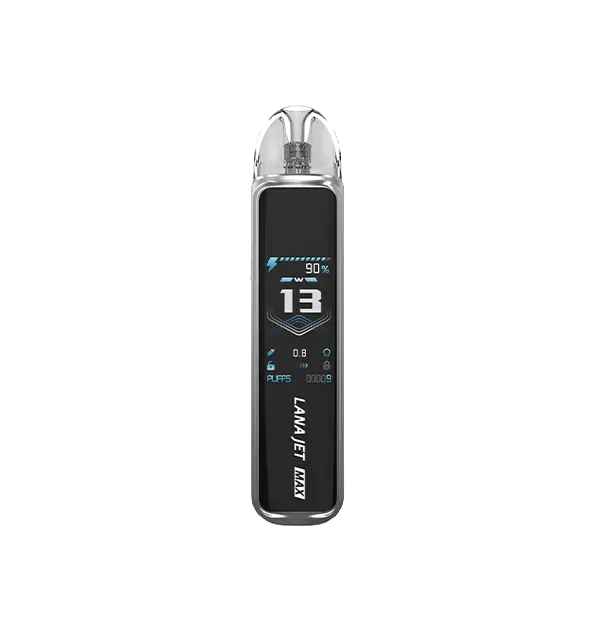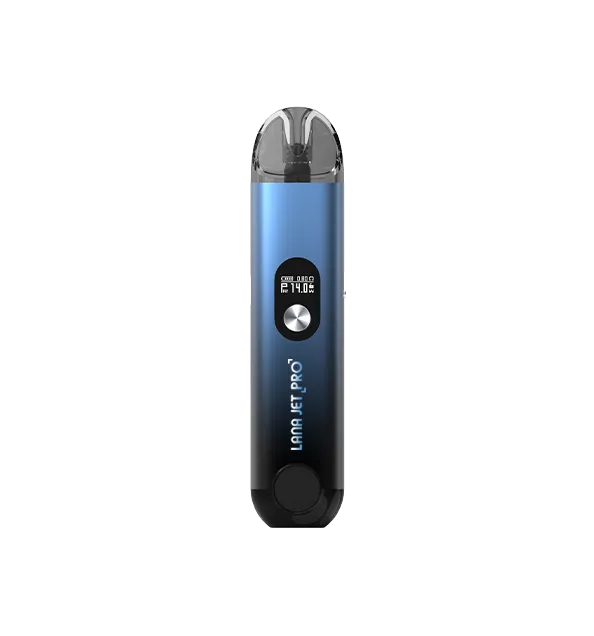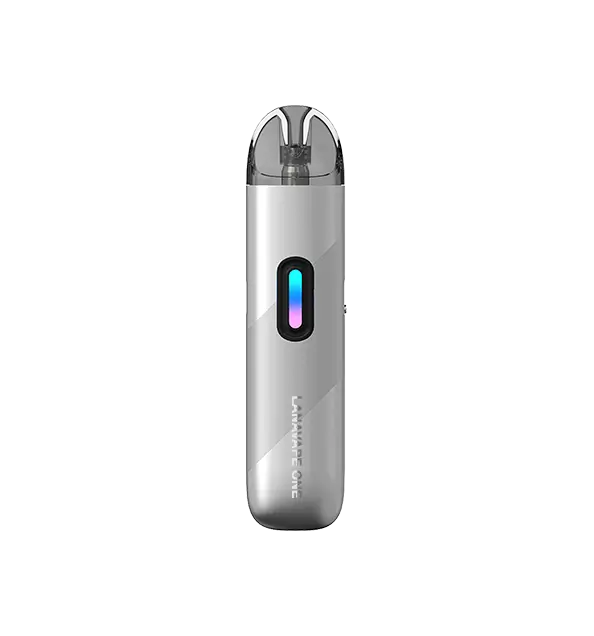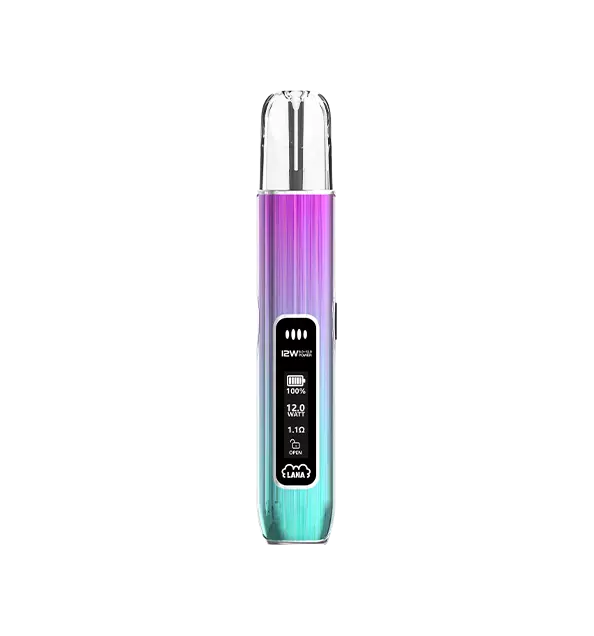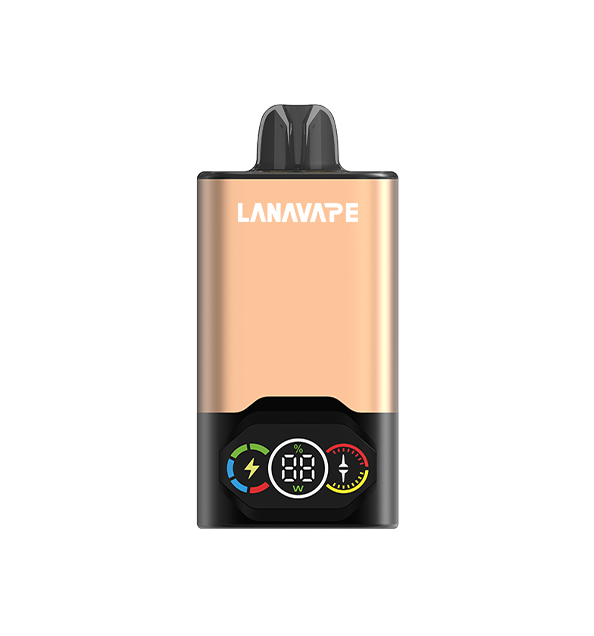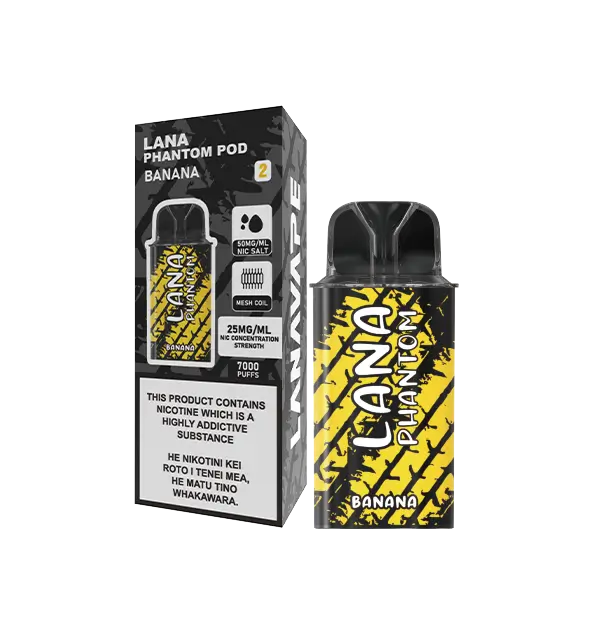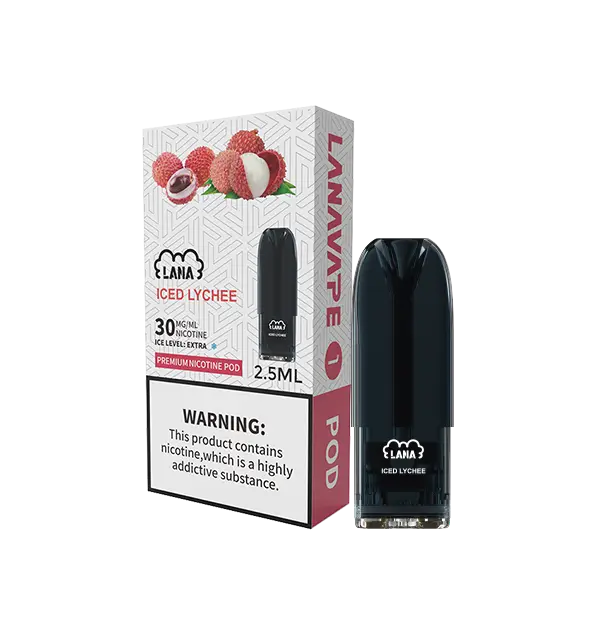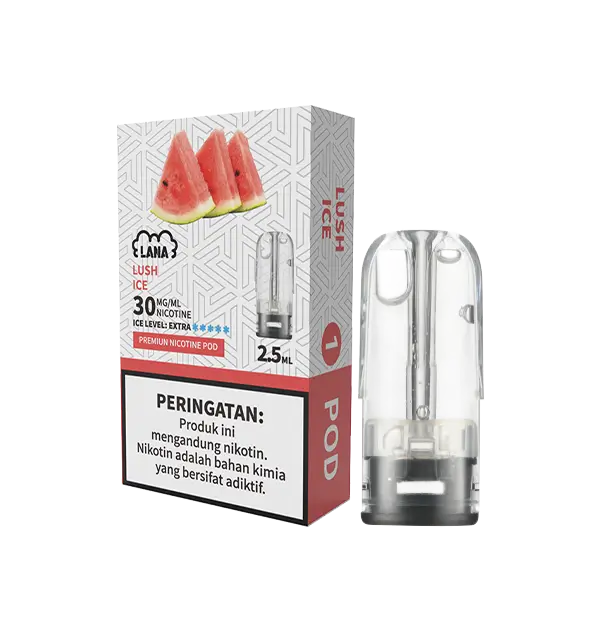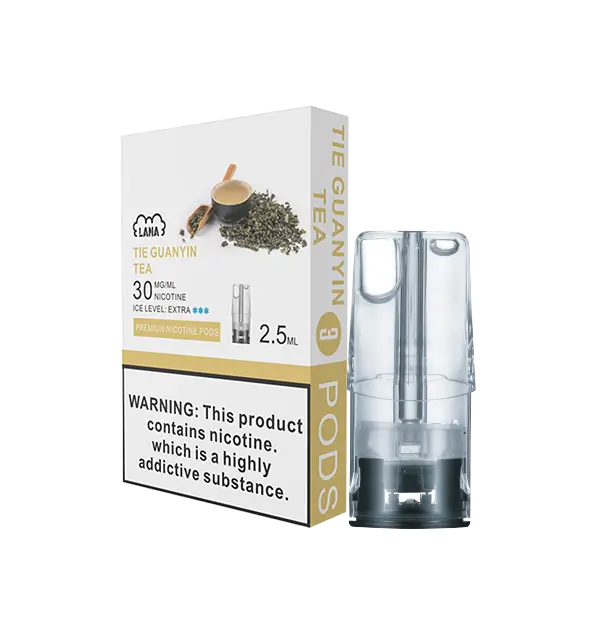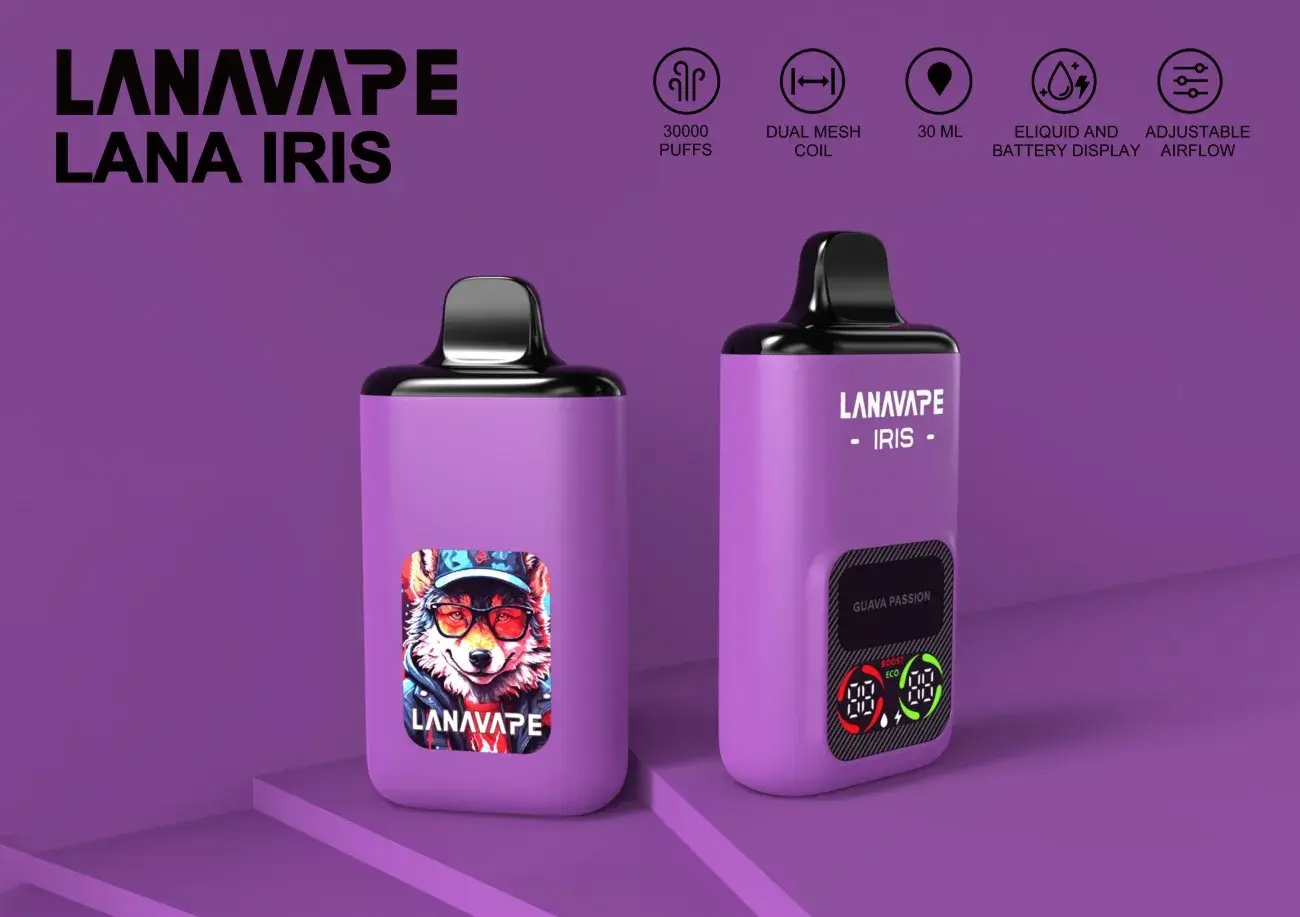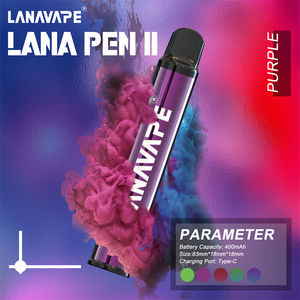
Smoking cigarettes causes well-known harm to the lungs. Long-term inhalation of burning tobacco can lead to lung and esophageal cancer, and to a variety of deadly lung conditions like emphysema, chronic bronchitis, and chronic obstructive pulmonary disease (COPD).
Cigarette smoke attacks the lungs in several ways. It contains thousands of chemicals, more than 70 of which are known carcinogens. It also contains particulate matter—fine bits of burned tobacco, tobacco residue and paper—that get lodged deep in the lungs, where it gets buried in the tissue and can lead to cancer and COPD.
But what about vaping? Vaping doesn’t produce known carcinogens in quantities large enough to be considered real risks, and it doesn’t contain solid particles like smoke.
In fact, the things that are most dangerous in burning tobacco are largely absent from vaping. Since there is no combustion in vaping, there is also no tar or carbon monoxide—two of the major dangers of smoking. Vaping uses heat from a metal coil to turn e-liquid into an inhalable aerosol. It looks like smoke, but it isn’t. That said, vaping is not without some potential risks to lung health.
There is some concern over the ingredients in e-liquid: propylene glycol, vegetable glycerin, and flavorings. There is no serious human research on the effects of inhaling PG or VG daily for many years, although animal studies of PG inhalation haven’t raised any red flags. PG has been found to cause minor irritation of the airways, but this isn’t concerning in itself.
Are flavors bad for your lungs?
E-liquid flavorings are a possible source of danger that hasn’t been well-studied. Most flavorings are a mixture of many chemical compounds, and it’s likely that some are worse for lung health than others. Until recently, these flavorings were used strictly in products that were eaten, not inhaled. Toxicology studies focused on showing that the flavorings are safe for consumption. This is an area where the science on vaping needs to catch up.
Lots of news stories have been generated about diketones like diacetyl being found in some e-liquid. These flavoring chemicals are believed to be responsible for a deadly disease called popcorn lung when they’re inhaled in large quantities (like in the case of popcorn factory workers). Diketones are not present in all e-liquid, but a 2014 study by cardiologist Konstantinos Farsalinos concluded that diacetyl and acetyl propionyl are “avoidable risks.” Following that, many manufacturers reformulated their products and eliminated the diketones. Others began publishing testing showing the levels of the diketones in their products.
Diketones are present in cigarettes too, at 100-750 times the level of what’s found in any vaping product. Yet, even though smoking ravages the lungs in other ways, it isn’t associated with popcorn lung. Considering the much larger quantities of diketones in cigarette smoke, the comparatively small amounts in vapes are not likely to be a threat. That’s not to say diketones are safe for inhalation, but the safer choice between vaping and smoking is clear, considering the small amounts present in e-liquid.
Is vaping bad for your oral health?
Smoking causes and contributes to a variety of oral health problems. Of course, it’s well-known that smokers are at high risk for mouth, throat and esophageal cancers. But cigarettes can also cause dental and periodontal disease, including gingival (gum) disorders. And cigarette smoke can alter the bacterial ecology inside the mouth (the microbiome), making existing periodontal problems worse.
There isn’t much information available about medical side effects of vaping on oral health. A recent literature review in the Journal of Oral Pathology and Medicine summarized the state of the science, noting the “paucity of evidence.” However, the authors summarized a few interesting findings.
The authors describe a small study that suggests vapers may have increased prevalence of nicotine stomatitis (which is, oddly, not related to nicotine), a condition caused by heat that creates lesions in the mouth. This is a minor condition that typically resolves itself when the source of heat (typically a pipe) is eliminated.
A small pilot study examined the oral microbiomes of 10 vapers, 10 smokers, and 10 non-vapers/smokers. The authors found that the bacterial profile of vapers was similar to the non-vaping/smoking control group, but that the smoking group’s oral bacteria profile was very different. The researchers concluded that vapor doesn’t alter the microbiome. Again, the study was very small, so broad conclusions can’t be drawn from it. The review covers some other small studies, but questions their relevance based on size and lack of proper controls.
Finally, there is the issue of exploding vapes causing damage to the mouths of vapers. While it’s true that a very small number of vapers have had catastrophic accidents that caused severe facial and oral lacerations and broken teeth, this is more a matter of vape battery safety than anything else. Most injuries from devices exploding in the mouth have been caused by mechanical mods used by inexperienced vapers. Using modern regulated devices and quality batteries, there is virtually no chance that an atomizer will be launched into the user’s teeth.

